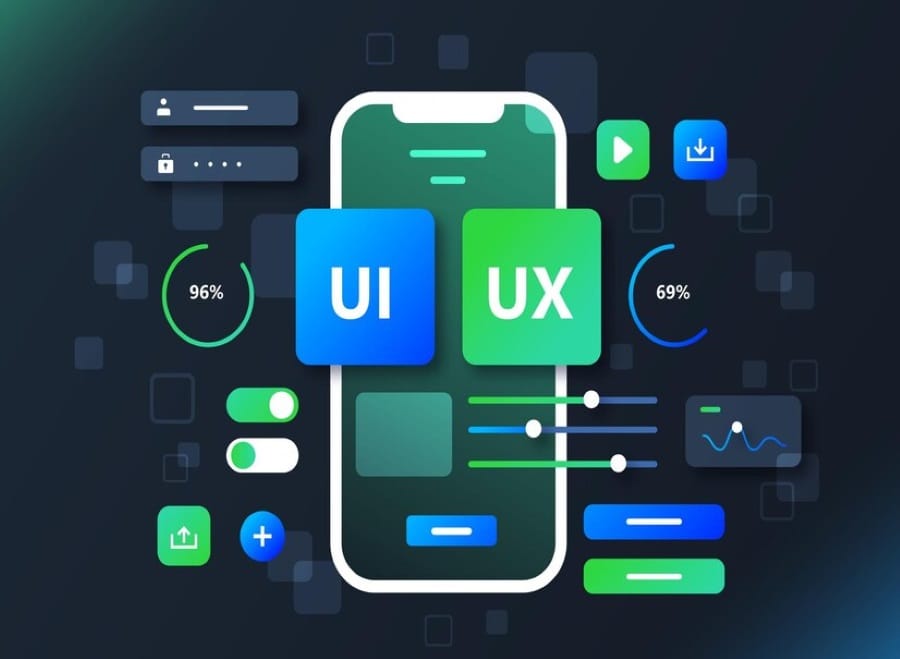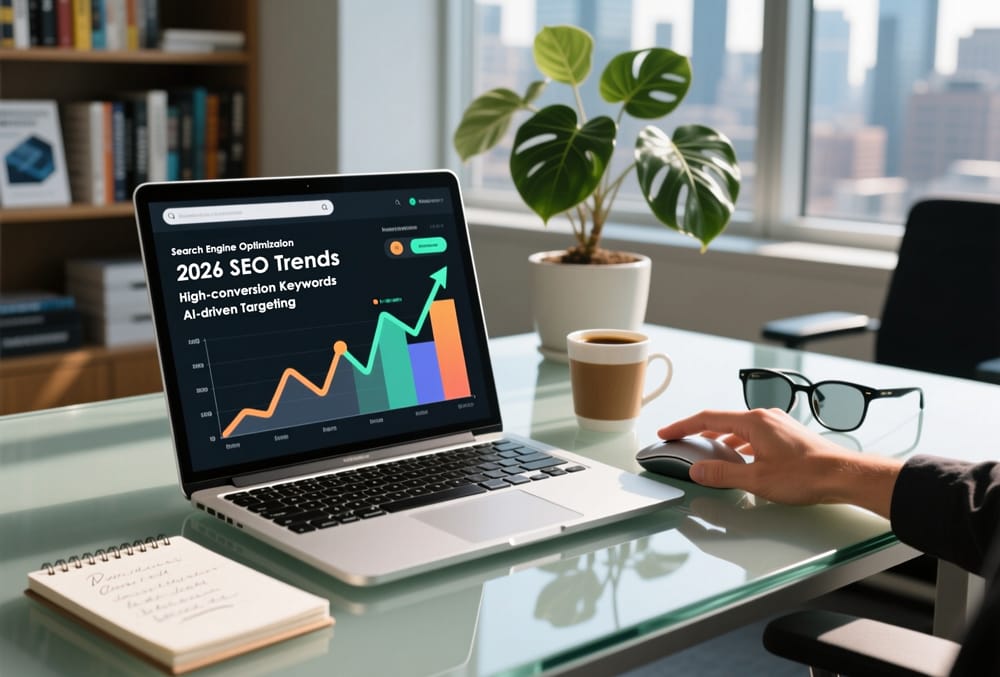In today’s digital landscape, a website is more than just a digital brochure; it’s a powerful tool for driving organic traffic and boosting your business. The key lies in optimizing the user experience (UX) to align with search engine goals. This article explores how web design can be a catalyst for SEO success.
Table of Contents
The Interplay Between UX and SEO for Useful Web Design
Search engines prioritize websites that offer a great user experience. By focusing on UX, you’re indirectly optimizing for SEO. A well-designed website keeps visitors engaged, reduces bounce rates, and encourages them to explore further, all positive signals for search engines.
Web Design Core Elements of UX-Driven SEO
Mobile-First Web Design
With the increasing dominance of smartphones, a mobile-friendly website is essential. Google prioritizes mobile-first indexing, so ensure your website looks and functions flawlessly on smaller screens.
Page Speed Optimization
Slow loading times frustrate users and negatively impact SEO. Optimize images, minimize HTTP requests, and leverage browser caching to improve page load speed.
Intuitive Navigation
A clear and logical site structure helps users quickly find what they want. Use clear menus, breadcrumbs, and internal linking to enhance navigation.
Visually Appealing Design
A visually pleasing website is more engaging. Use high-quality images, consistent branding, and a harmonious color palette to create an enjoyable user experience.
Clear Calls to Action
Guide users towards desired actions with prominent and persuasive calls to action (CTAs). Effective CTAs increase conversions and improve user satisfaction.
Case Study: E-commerce Website
An online clothing retailer revamped its website with a focus on UX. They implemented a user-friendly search function, improved product image quality, and optimized page load times. The result? A significant increase in organic traffic, lower bounce rates, and higher conversion rates.
Measuring UX Impact on SEO
To gauge the effectiveness of your UX-driven SEO efforts, track key metrics:
Bounce rate
A high bounce rate indicates a poor user experience.
Time on site
Longer time on site suggests users are engaged with your content.
Conversion rate
An increase in conversions often correlates with improved UX.
Mobile conversion rate
Track mobile performance to identify areas for improvement.
User behavior analytics
Analyze user interactions to understand their journey on your website.
By prioritizing user experience in your web design, you’re not only creating a satisfying experience for your visitors but also boosting your website’s SEO performance. Remember, a website is a digital ambassador for your brand, and a positive user experience is the cornerstone of building a strong online presence.
Remember: Continuously analyze and refine your website based on user feedback and performance metrics to stay ahead of the competition. Hire always the best in skill like HITS Web SEO Write for UI/UX optimized web design to gain organic traffic effectively.




